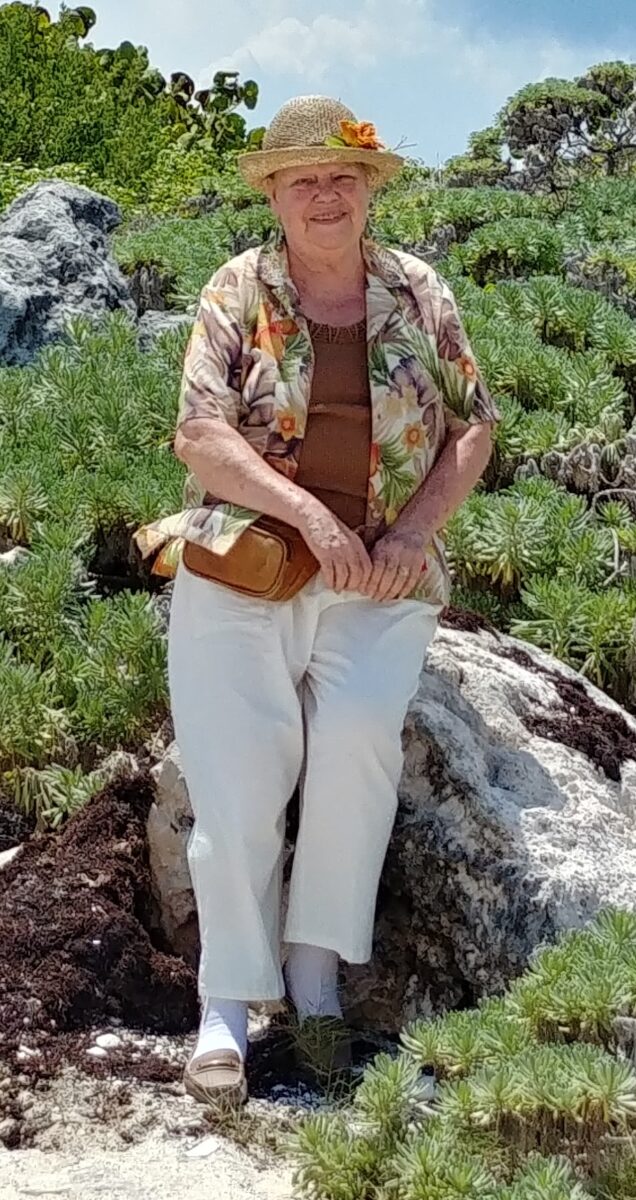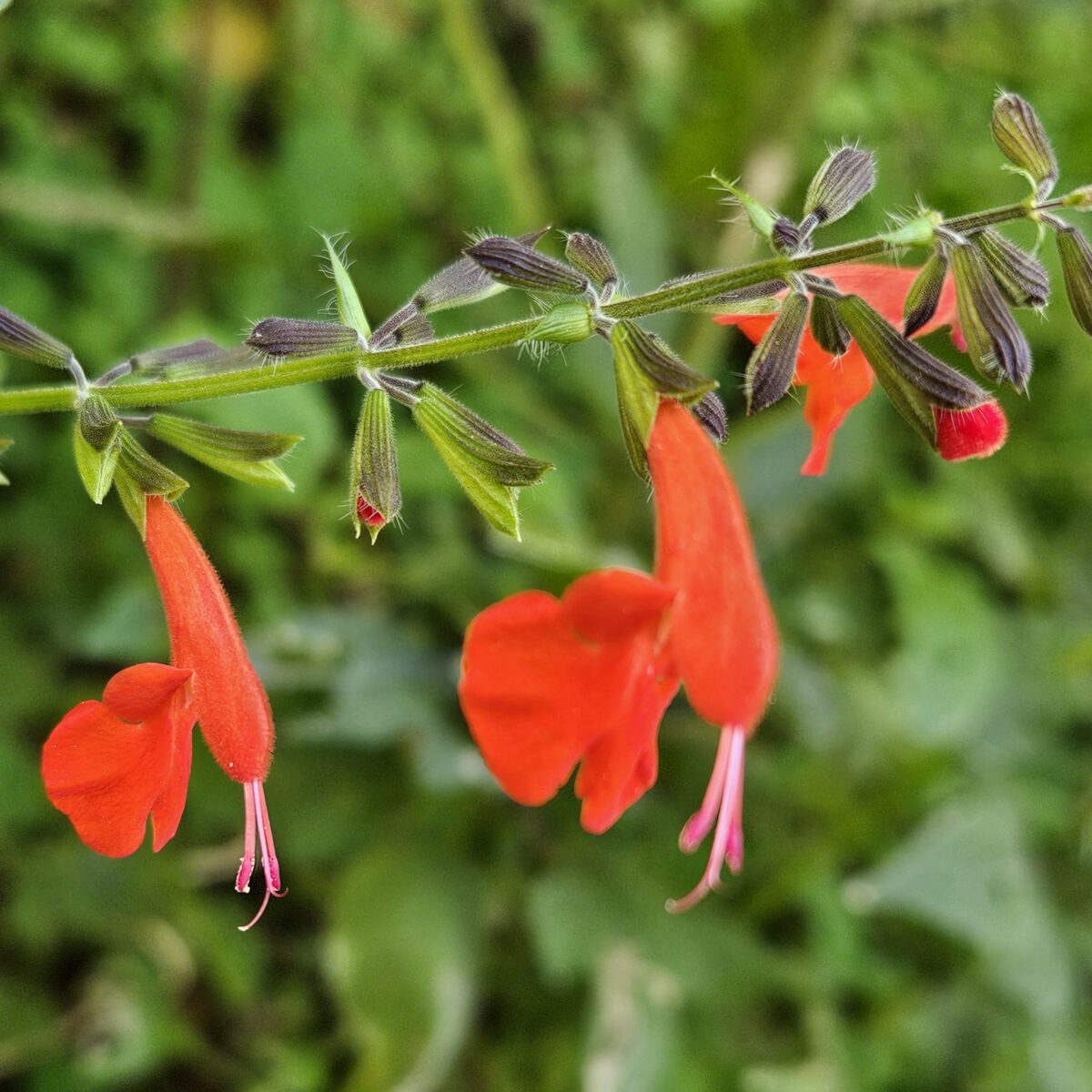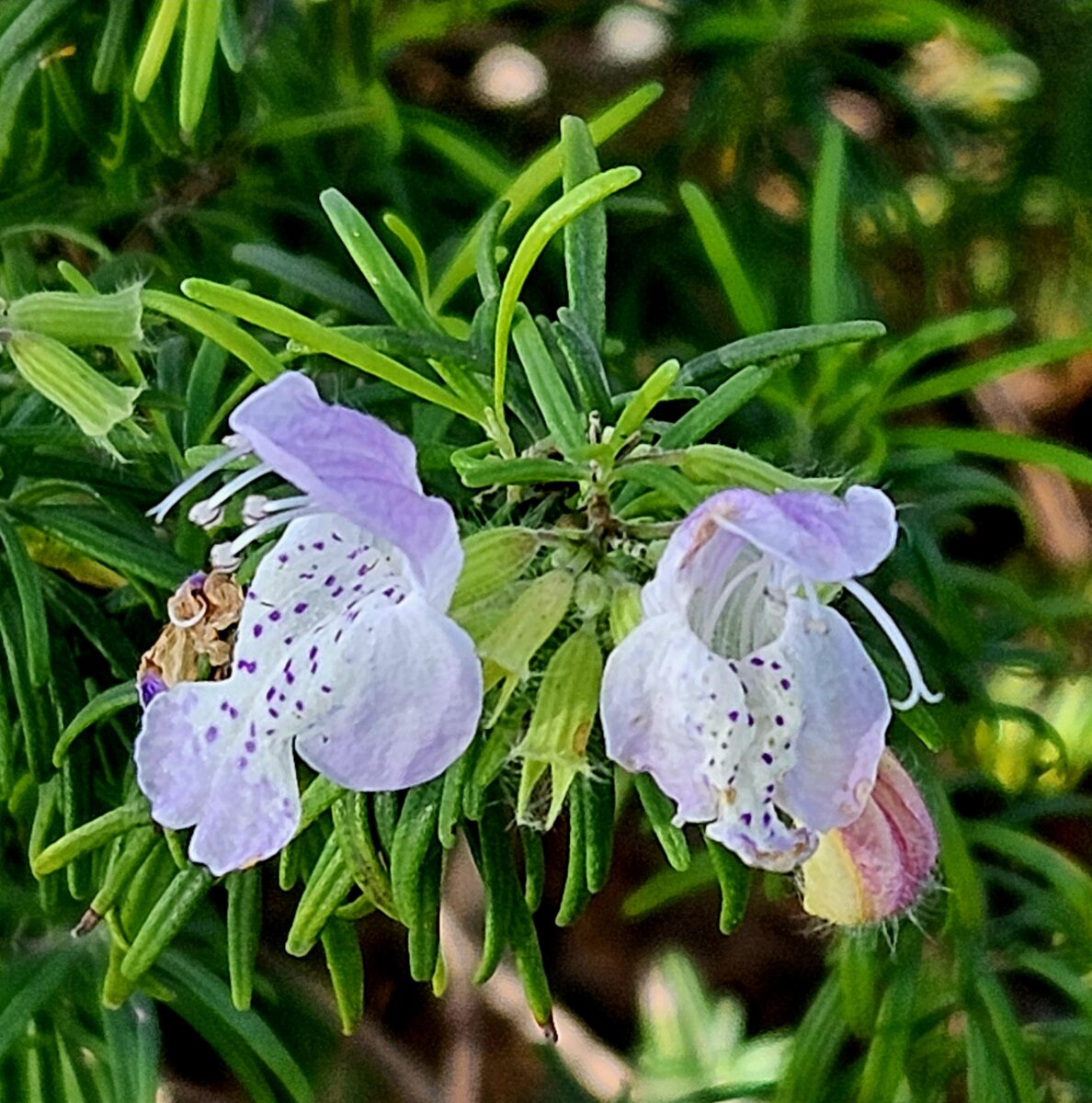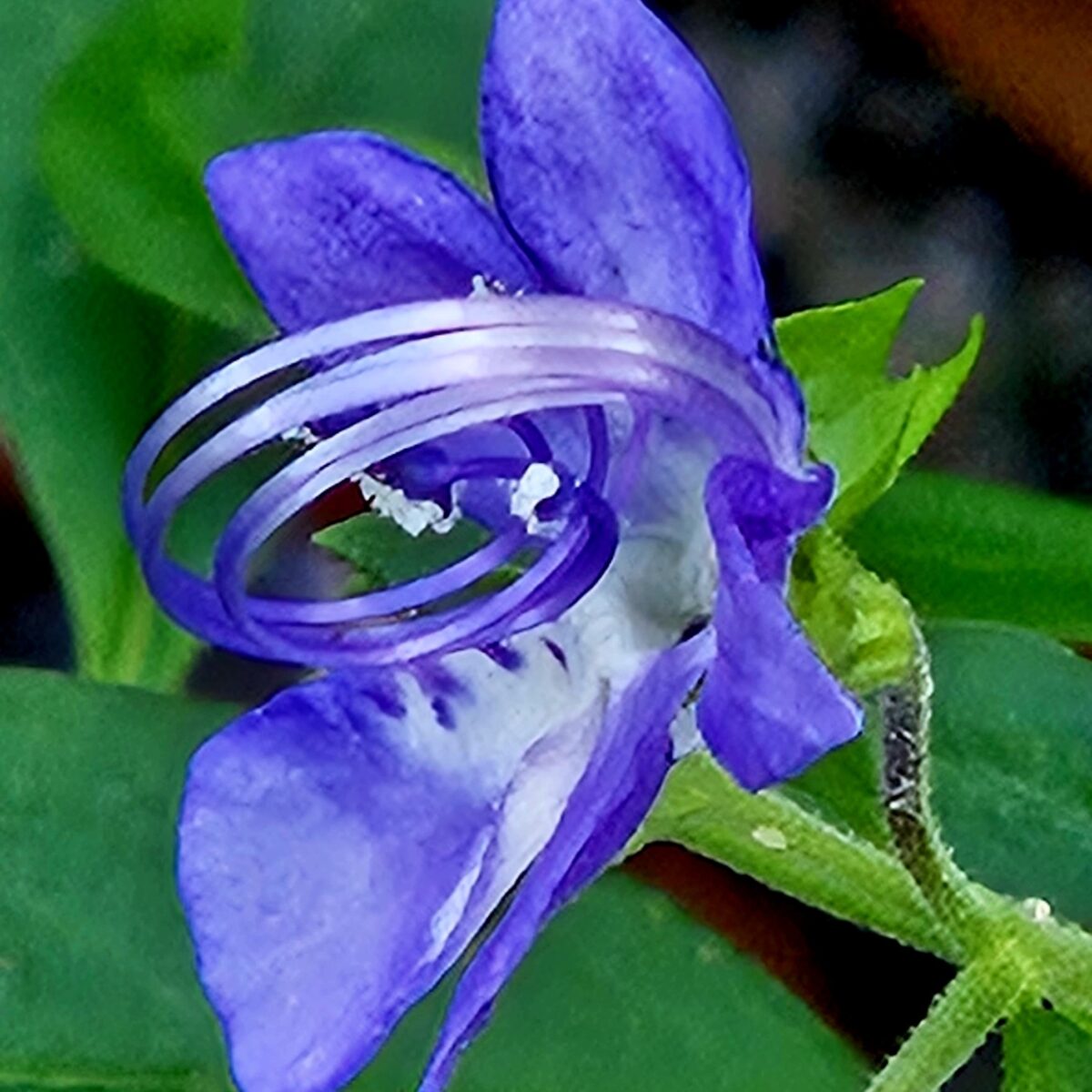Meet board member Mona Johnston
Mona joined the Florida Wildflower Foundation board in September 2023.
What has inspired your legacy of conservation and outreach in South Florida?

It all started with Sports Car Club of America racing! My late husband was a car enthusiast and the auto clubs he was part of included folks who were generational retail and wholesale nursery owners or agricultural business growers of ornamental plants. They were a terrific resource of South Florida flora and were always delighted to pass on their knowledge to us Florida newbies. In the late 1970s, they directed us to the Broward Parks and Recreation director who took the time to further educate us about this unique area. Once we proved that we were serious about conserving the native flora responsibly, he allowed us to collect epiphytes from areas that were being destroyed for development. I still have the descendants of those plants in my home garden to this day.
What are some of the biggest issues facing South Florida’s wildflowers?
Overdevelopment, big box stores marketing too many non-native species, overuse and misuse of herbicides and pesticides, and a general lack of education about our area’s unique ecology are some of our biggest issues.
It also upsets me to hear standard refrains from residents that our native plants are too weedy, too hard to grow, don’t bloom continually and aren’t readily available. It’s difficult to reverse these beliefs unless we can create behavior change through increased knowledge.
What are the most impactful things Florida residents can do to help?
Get educated from local resources like garden clubs and UF IFAS Extension and support organizations like the Florida Wildflower Foundation and National Wildlife Federation. Learn and apply Florida-friendly landscape principles. And of course, support local nurseries, especially those who sell and promote native plants.
How did you get involved with the Florida Wildflower Foundation?
Oh, goodness! I would have to guess my involvement first came about when I became a member of the Florida Federation of Garden Clubs as well as becoming a Master Gardener volunteer nearly 20 years ago! I’ve been fortunate to be a teacher for these groups and FWF has always been a go-to place that distributes accurate information about our Florida flora.
You also sit on the board of the Florida Endangered Plant Advisory Council. Can you tell us a little about that group and your work with them?
The Florida Endangered Plant Advisory Council (EPAC) advises and assists the Florida Department of Agriculture and Consumer Services by reviewing plant species included in and proposed for the Florida endangered, threatened or commercially exploited plant list. I’m very new [to EPAC] — I started with them in October 2023. My appointment is to fulfill a requirement that one member be from the Florida Federation of Garden Clubs. I’m hoping to be able to add some positive information about the work being done here in Southeast Florida by UF IFAS research folks as well as Broward County’s NatureScape program. Their list of endangered and threatened Florida plants is an incredibly valuable resources. I’ve used it to check out what my personal garden has (70 endangered and over 29 threatened plant species), which is important as I use the garden as a teaching tool for groups such as Master Gardener volunteers, Broward County butterfly groups and local garden clubs.
What are some of your favorite areas to hike and see native wildflowers?
I’m lucky to live very near to Fern Forest Nature Center, the Kristin Jacobs Natural Area at Hillsboro Pinelands, and Tradewinds Park (which has remnants of natural woodlands), as well as accessible bits and pieces of the Atlantic Coastal Ridge in Pompano Beach.
What is your favorite native Florida wildflower?
Favorite wildflower? All of ‘em! But to name just a few, Bluecurls (Trichostema dichotomum), Tropical salvia (Salvia coccinea), all of the Coreopsis, False rosemary (Conradina canescens) and Oakleaf fleabane (Erigeron quercifolius).
photos by Mona Johnston



